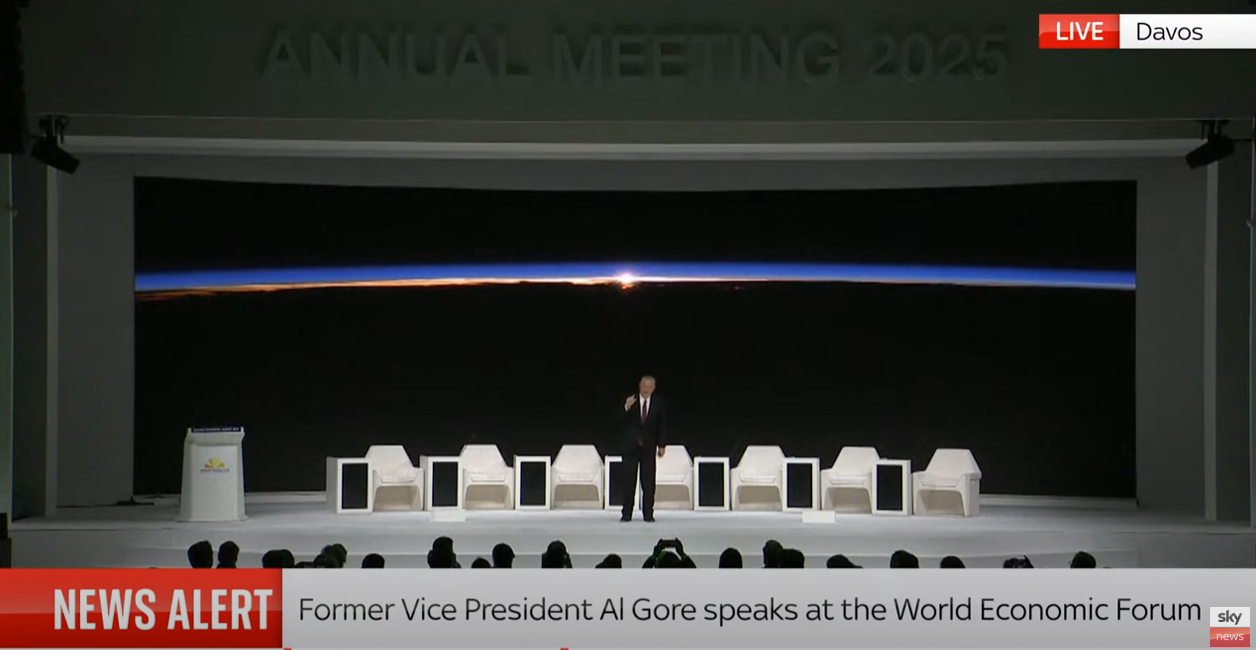

1.
2.
3.
4.
Future of City Development
Imaging the future Today.
"Discover Future Story"
Welcome to 21st Century Sustainable Architecture and City Development
“Become a Member”
Be the part of 21st Century Sustainable City Development and imagine the future structural wonders.
Individual
$ 99.95*
per month
- 21st century citizens is a monthly per person investment. These monies go into a bank to support land acquisition and support the design of the city. For families include memberships Per each person.
*These funds going to our property purchase
Business
$ 499.95*
per month
- $499.95 Is for the first stage, small business, shops, etc. For larger businesses contact us for further information.
*These funds going to our property purchase
Project Introduction

Site Selection and Analysis
Climate and Geography:
Assess the local climate and geographical factors (e.g., solar exposure, wind patterns, temperature variations). This will inform decisions on heating, cooling, and ventilation systems.
Orientation:
Position the building to optimize natural sunlight for passive heating in winter and minimize heat gain in summer. For example, large windows can face south (in the Northern Hemisphere) to maximize solar energy use.

Site Selection and Analysis
Climate and Geography:
Assess the local climate and geographical factors (e.g., solar exposure, wind patterns, temperature variations). This will inform decisions on heating, cooling, and ventilation systems.
Orientation:
Position the building to optimize natural sunlight for passive heating in winter and minimize heat gain in summer. For example, large windows can face south (in the Northern Hemisphere) to maximize solar energy use.

Site Selection and Analysis
Climate and Geography:
Assess the local climate and geographical factors (e.g., solar exposure, wind patterns, temperature variations). This will inform decisions on heating, cooling, and ventilation systems.
Orientation:
Position the building to optimize natural sunlight for passive heating in winter and minimize heat gain in summer. For example, large windows can face south (in the Northern Hemisphere) to maximize solar energy use.

Site Selection and Analysis
Climate and Geography:
Assess the local climate and geographical factors (e.g., solar exposure, wind patterns, temperature variations). This will inform decisions on heating, cooling, and ventilation systems.
Orientation:
Position the building to optimize natural sunlight for passive heating in winter and minimize heat gain in summer. For example, large windows can face south (in the Northern Hemisphere) to maximize solar energy use.





